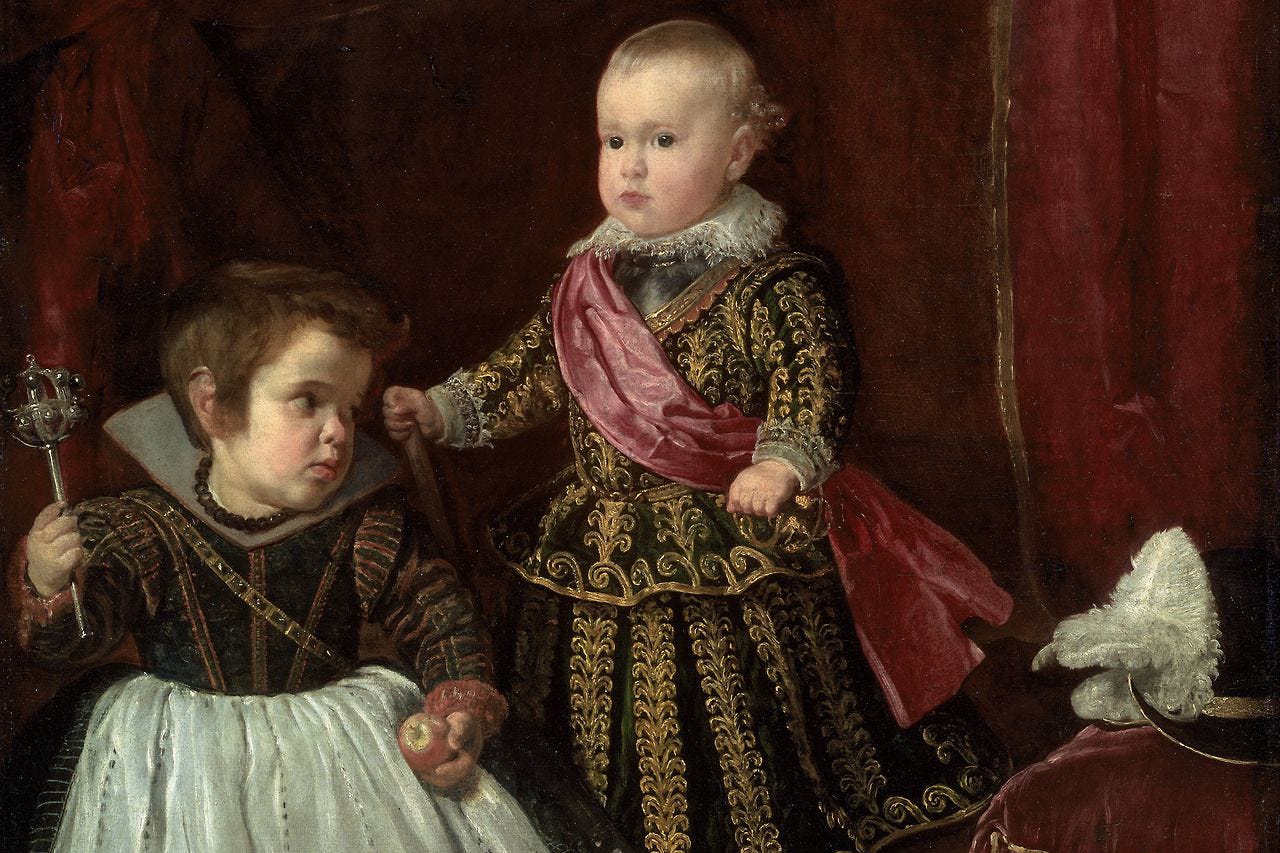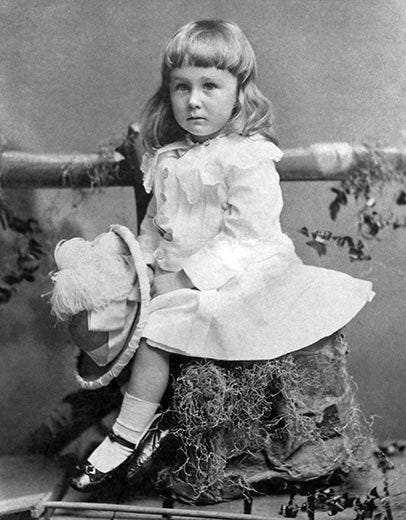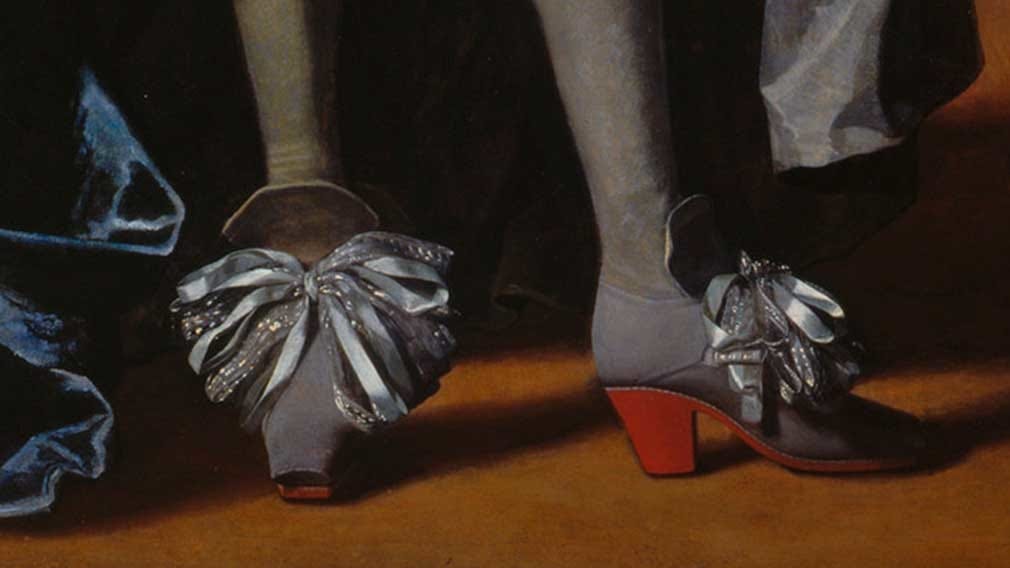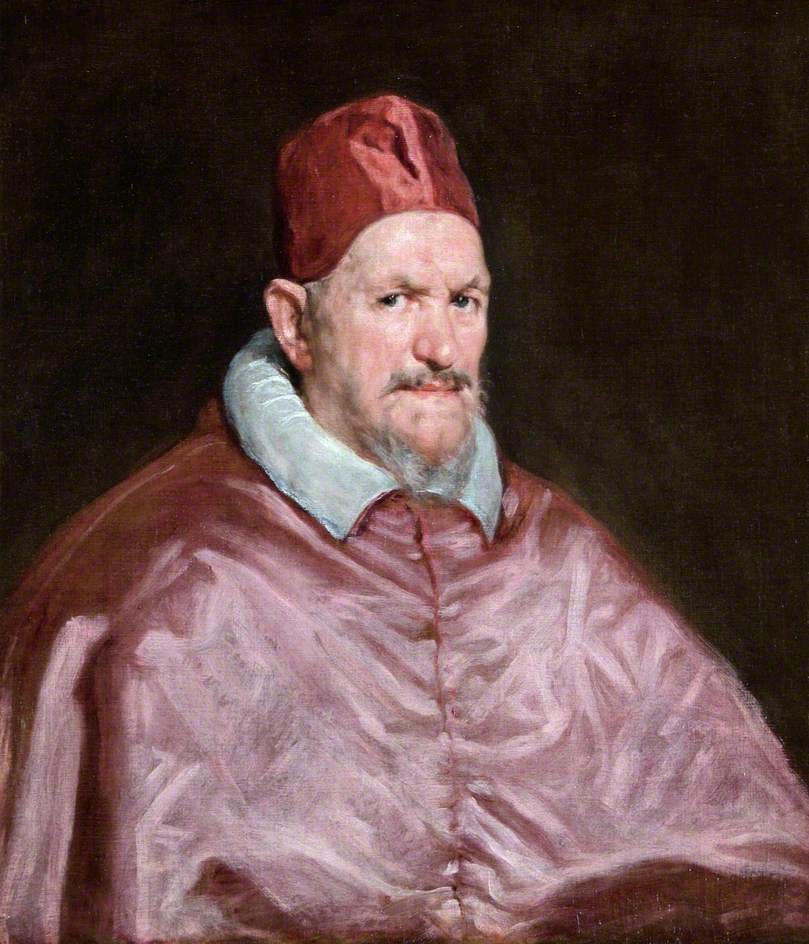Girls and Boys Wearing Dresses and High Heels
Yes, Men Used to Wear Dresses, High Heels, and the Colour Pink
Gender-specific clothing did not exist until very recently in history

 L ast December, Harry Styles made history as the first male in 127 years to appear on the US Vogue cover. And he did so while wearing a dress. It sparked a wave of criticism from conservative commentators and activists who claimed that men wearing dresses undermines masculinity.
L ast December, Harry Styles made history as the first male in 127 years to appear on the US Vogue cover. And he did so while wearing a dress. It sparked a wave of criticism from conservative commentators and activists who claimed that men wearing dresses undermines masculinity.
Following the release of Harry's cover, one conservative commentator Candace Owens tweeted, "bring back manly men."
Bring back from when?
Too often, people seem to forget that what is today considered as either typically male or female is nothing more than a social construct shaped by years of history and evolving fashions.
And to find examples of men wearing dresses, high heels, or the colour pink, we don't have to look that far back in time.
Dresses and skirts used to be gender-neutral

The photograph you see on the left-hand side is of President Franklin Delano Roosevelt when he was two and a half years old. It was taken in 1884.
Yes, that is a boy in a dress and long hair. And that outfit was considered gender-neutral.
As shocking as it might seem today, it was considered perfectly normal for centuries. Children wore dainty white dresses up to age six or seven, without differentiating between boys and girls.
But we could go even further back in time to find examples of dresses and skirts worn by both sides of the gender divide.
Egyptians wore wrap around skirts known as the schenti, which were belted at the waist, sometimes pleated or gathered in the front.

Greeks and Romans wore chitons and togas , respectively, which were considered status symbols and wore predominantly by the elites. The basic garment for both genders and all classes was the tunica. Pants were not widely popular because they were considered ridiculous and impractical. In fact, when Romans first encountered Gauls who were wearing braccae (Latin term for trousers), they thought they were effeminate.
It wasn't until the 15th century when men's tunics became shorter and tighter-fitting. Men also began to wear hose or stockings as outer leg war. However, long gowns and full-skirted coats remained an acceptable and fashionable part of men's wardrobe until the first half of the 20th century.
The clear gender divide in clothing arrived shortly after World War II ended in the 1950s. Simultaneously, the term "gender" began to describe the social and cultural aspects of biological sex.
Men wore high heels first

It's a little known fact that men wore high heels before women did.
High-heeled shoes were first worn in the 10th century by Persian soldiers to elevate their feet, giving them stability while shooting their bows and arrows.
At the end of the 17th century, Persians sent a delegation of soldiers to forge foreign relations with Russia, Germany, and Spain. European aristocrats quickly took a liking to wearing Persian-inspired high heels.
They helped men appear taller and feel more powerful as the heels allowed them to tower over others. High heels had become a symbol of wealth, military prowess and masculinity throughout Europe.

One of the most famous figures known for his love of the high heel was King Louis XIV. He was particularly fond of red-heeled shoes, a design feature now most well associated with and trademarked by Christian Louboutin shoes.
At some point, the Sun King's love for heels even became obsessive; he banished any courtier not wearing red heels in Versailles.
Shoes became increasingly gender-specific throughout the 18th and 19th century, and the public's views on heels changed drastically. High heels became more frequently associated with hyper-femininity and linked to female erotica. Consequently, men stopped wearing them.
"Real men wear pink?"

Pink has always been with us, though it was not always as gendered as it is today.
Back in the 18th century, it was socially acceptable for both genders to wear pink. The European bourgeoisie particularly loved it.
Pink was often perceived as slightly more masculine than feminine because it was considered a sub-colour to red, associated with social status, political authority, and religious rank.
In 1794, Xavier de Maistre, a French author, said in his work A Journey Around My Room that he recommends painting male bedrooms in pink and white colours to brighten their moods.
Throughout the 19th century and up until the mid-20th century, baby boys often wore white and pink clothing. Sometime after World War I, pink slowly became associated with girls and blue with boys. In 1927, Time magazine surveyed the biggest department stores in the United States to see which of the two colours was associated with each gender. The results that came out were mixed.
In the wake of World War II, advertising had programmed people to think that these two colours were gender-specific. For instance, since women left the workplace to start families and become housewives, kitchen elements widely advertised at the time were pink.
And people slowly became persuaded that it had been so for centuries; pink for girls, blue for boys.
Today, we still put in question men's masculinity based solely on their appearance. But history shows that many societies and cultures did not see gender as a defining factor in how one should dress for centuries.
Luckily, today's rise in popularity of genderless and gender-neutral fashion is starting to push back harmful stereotypes and prejudices about how men or women should dress like.

Source: https://historyofyesterday.com/yes-men-used-to-wear-dresses-high-heels-and-colour-pink-280dd5fa03bc
Post a Comment for "Girls and Boys Wearing Dresses and High Heels"